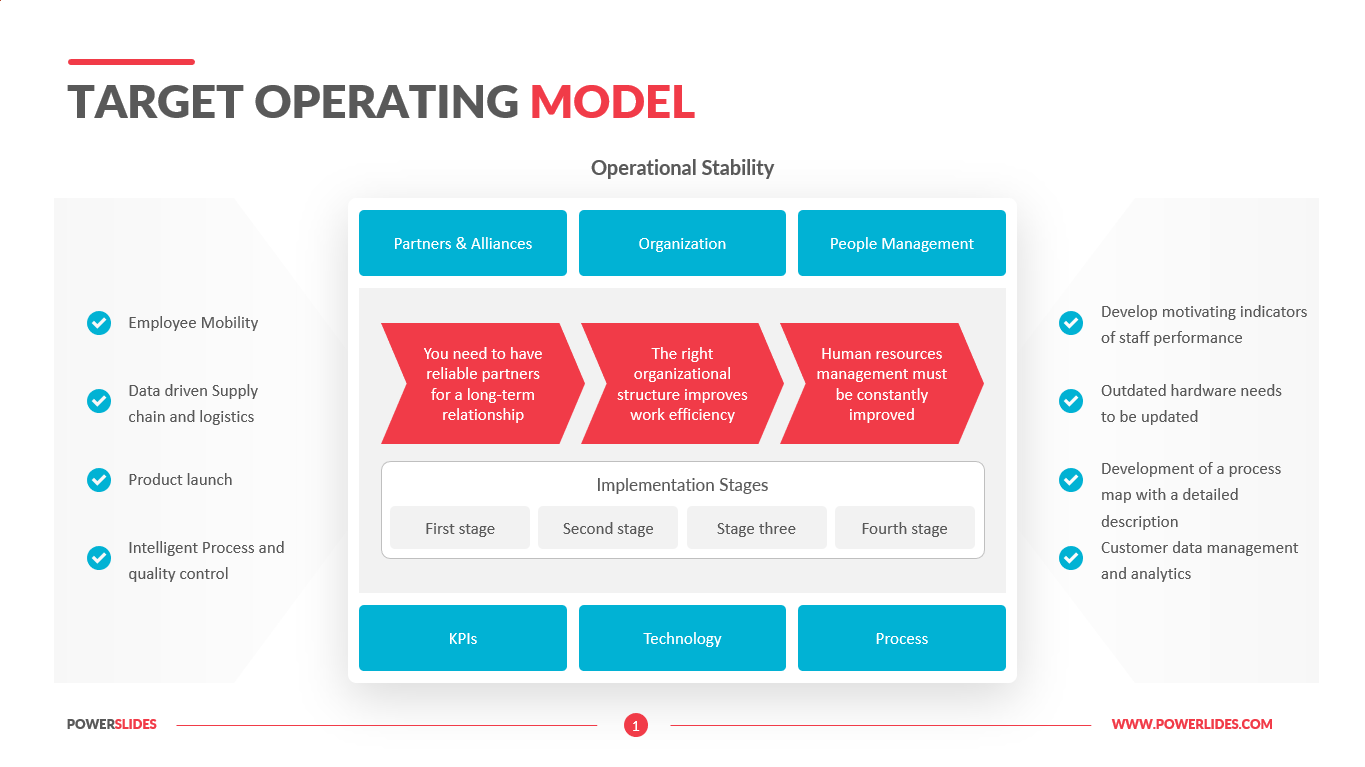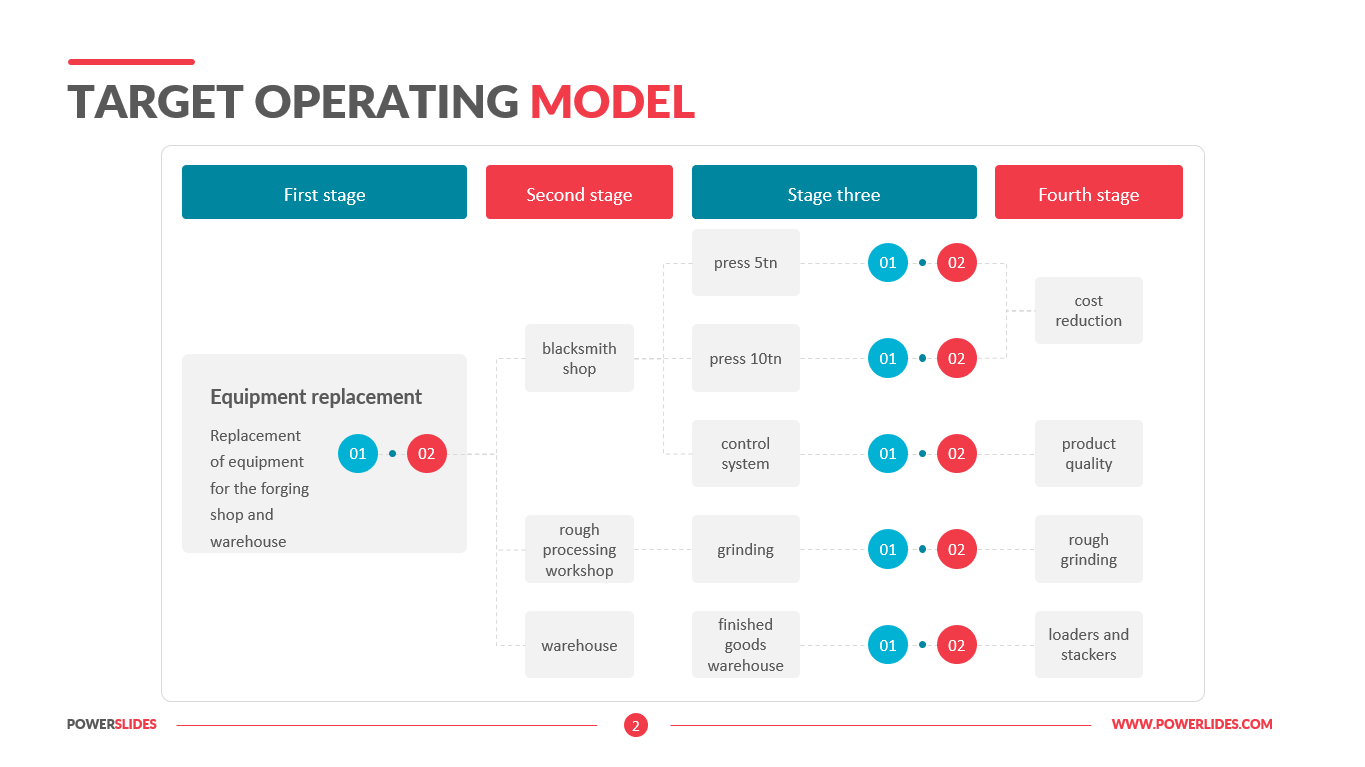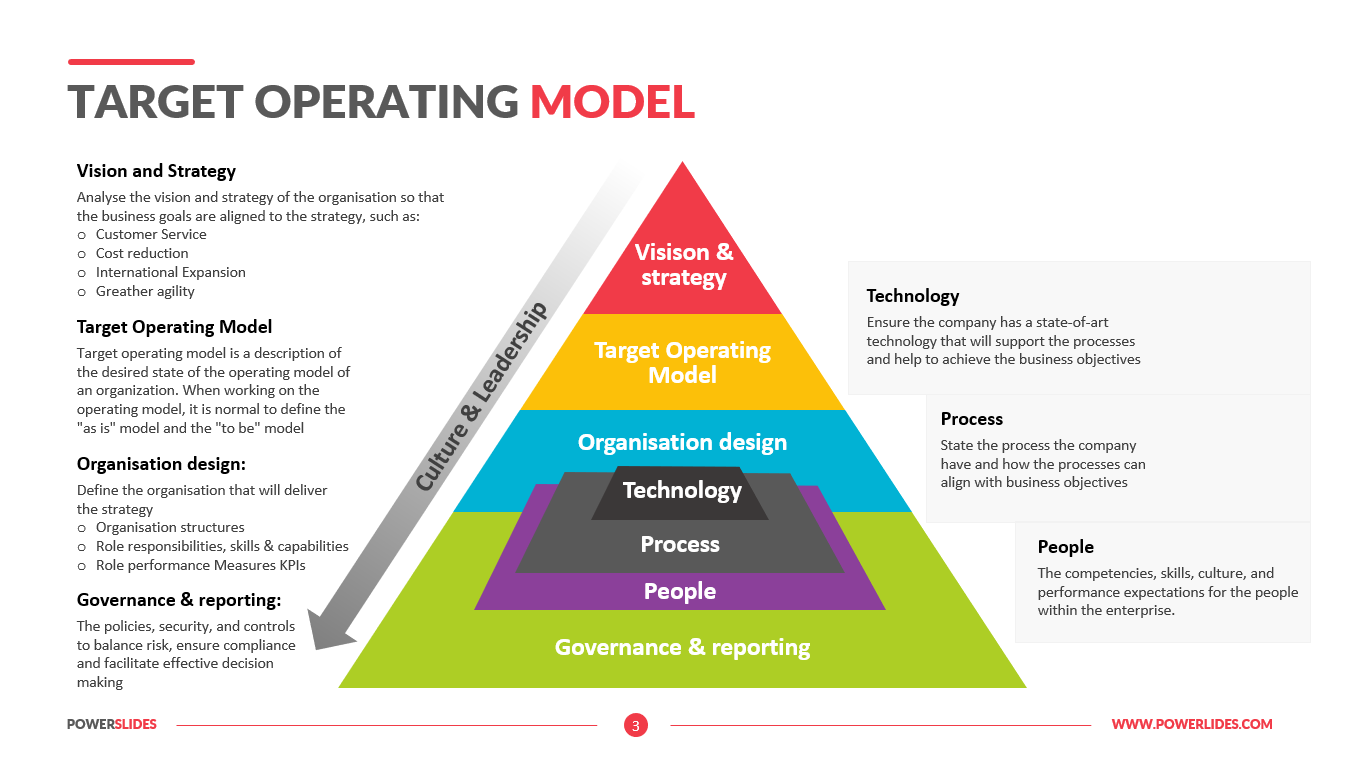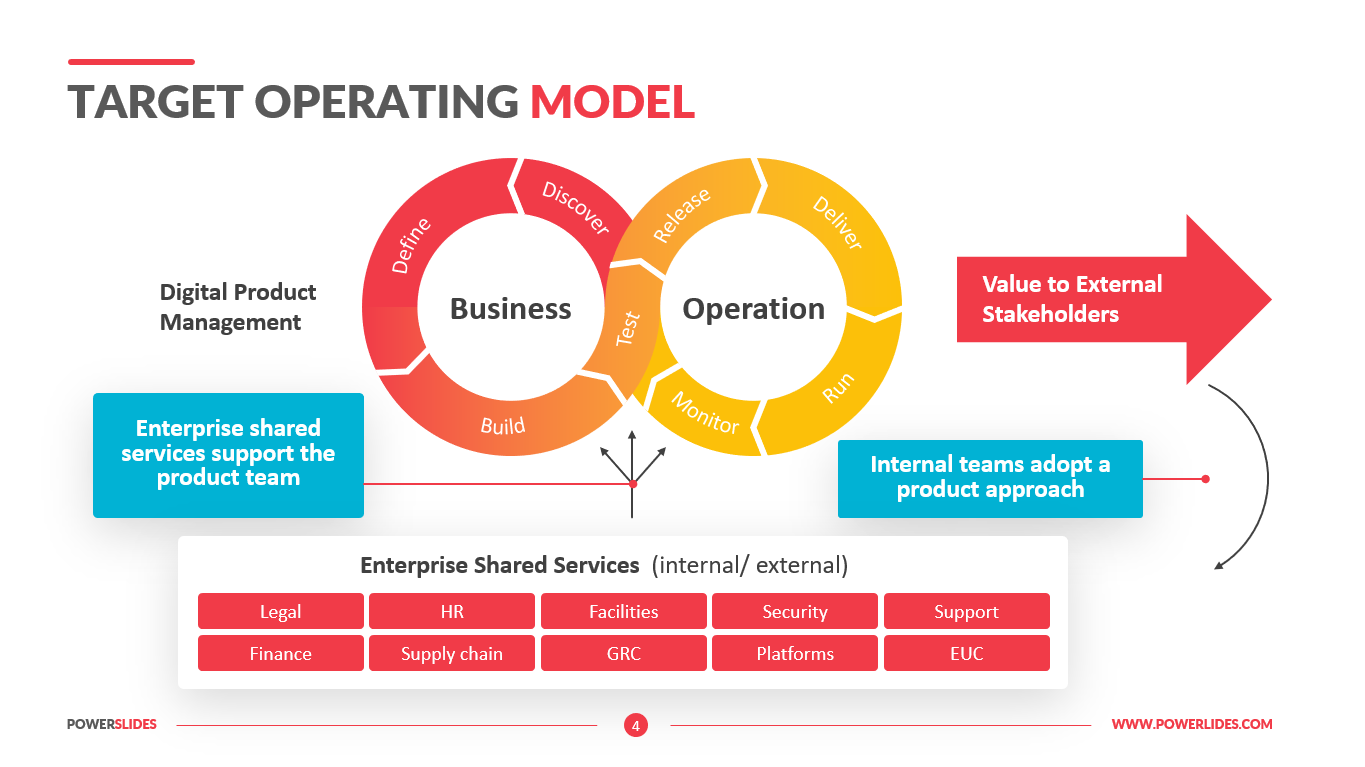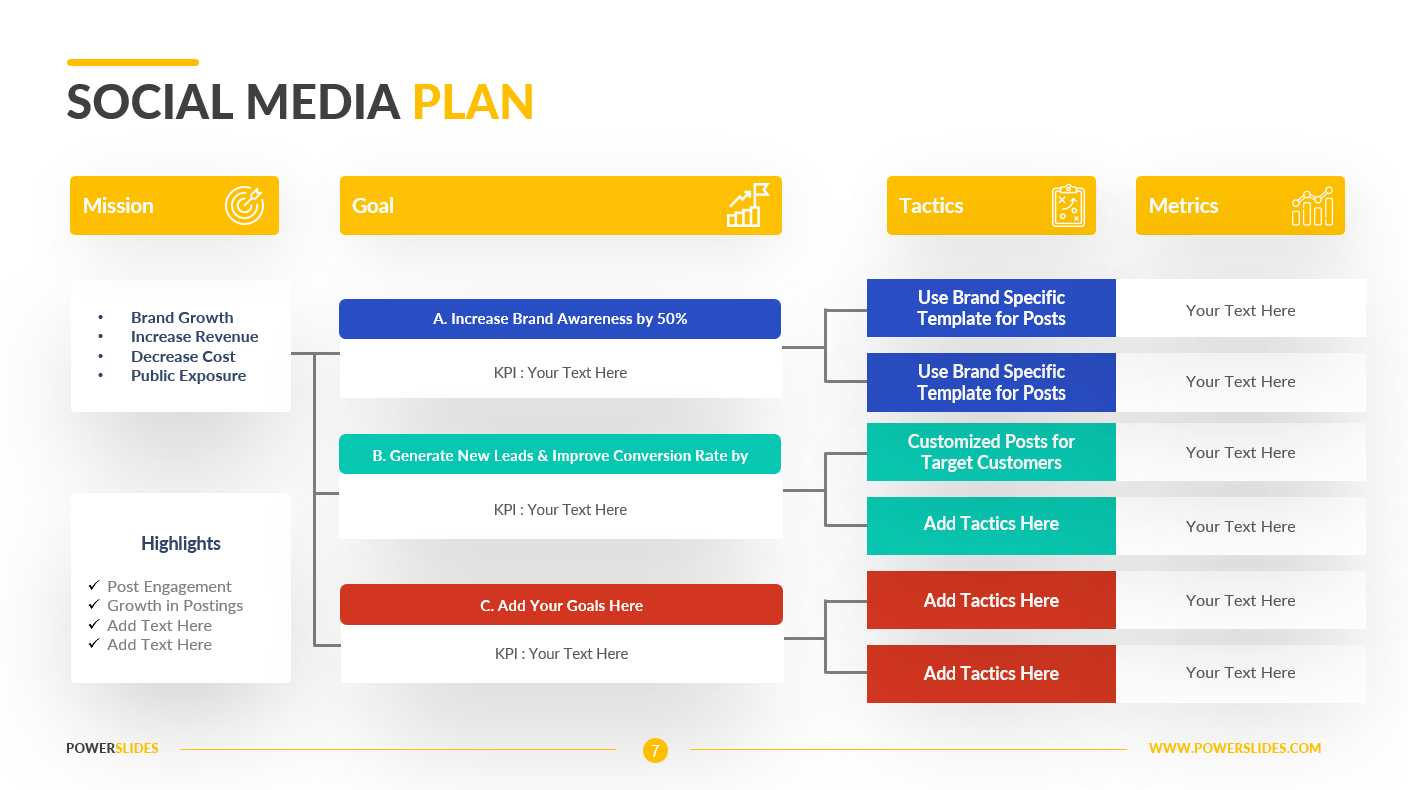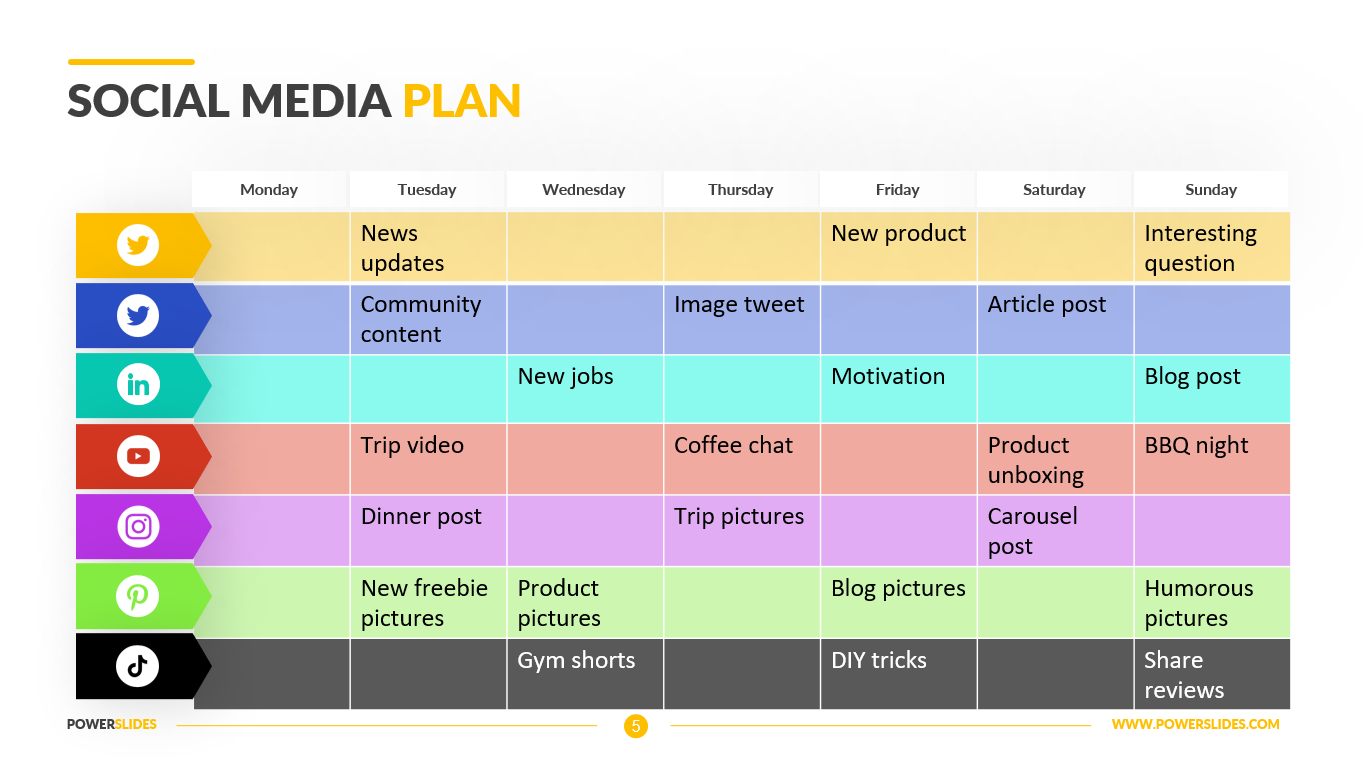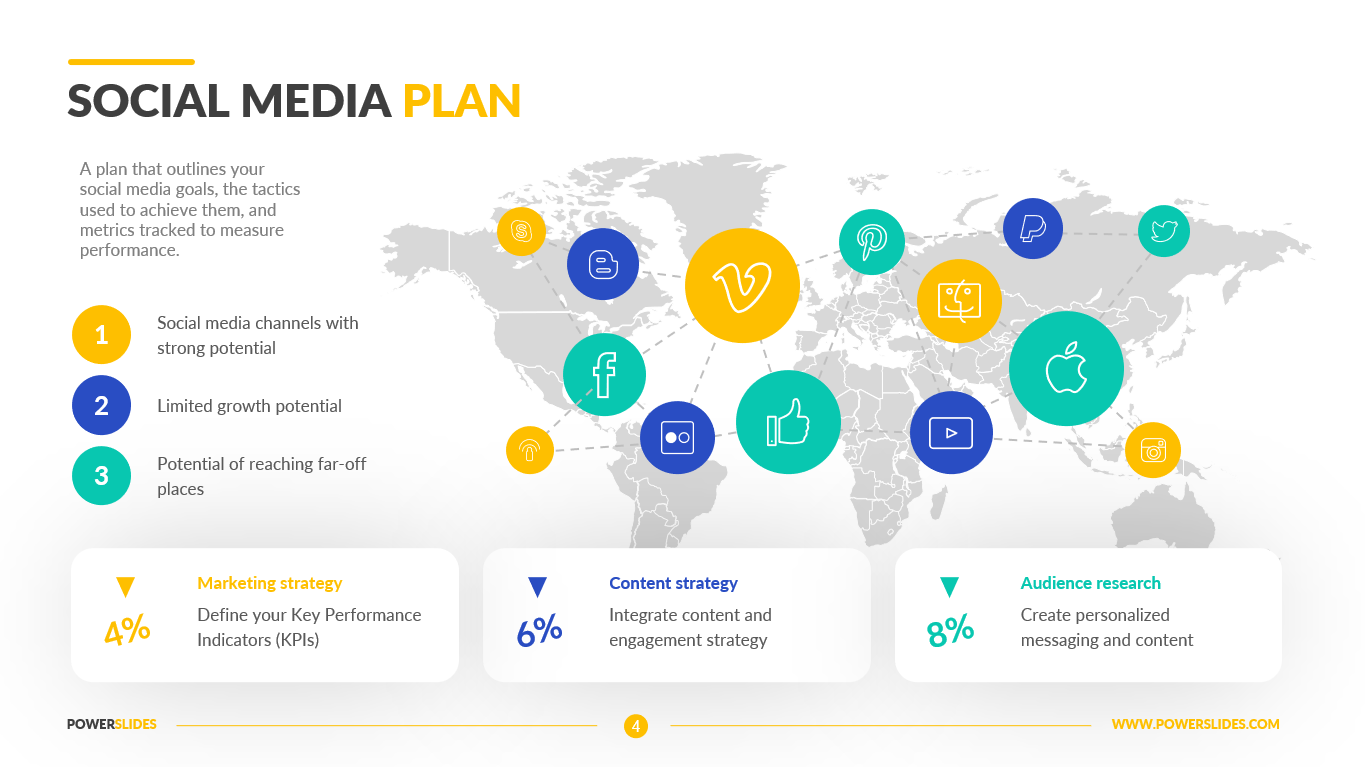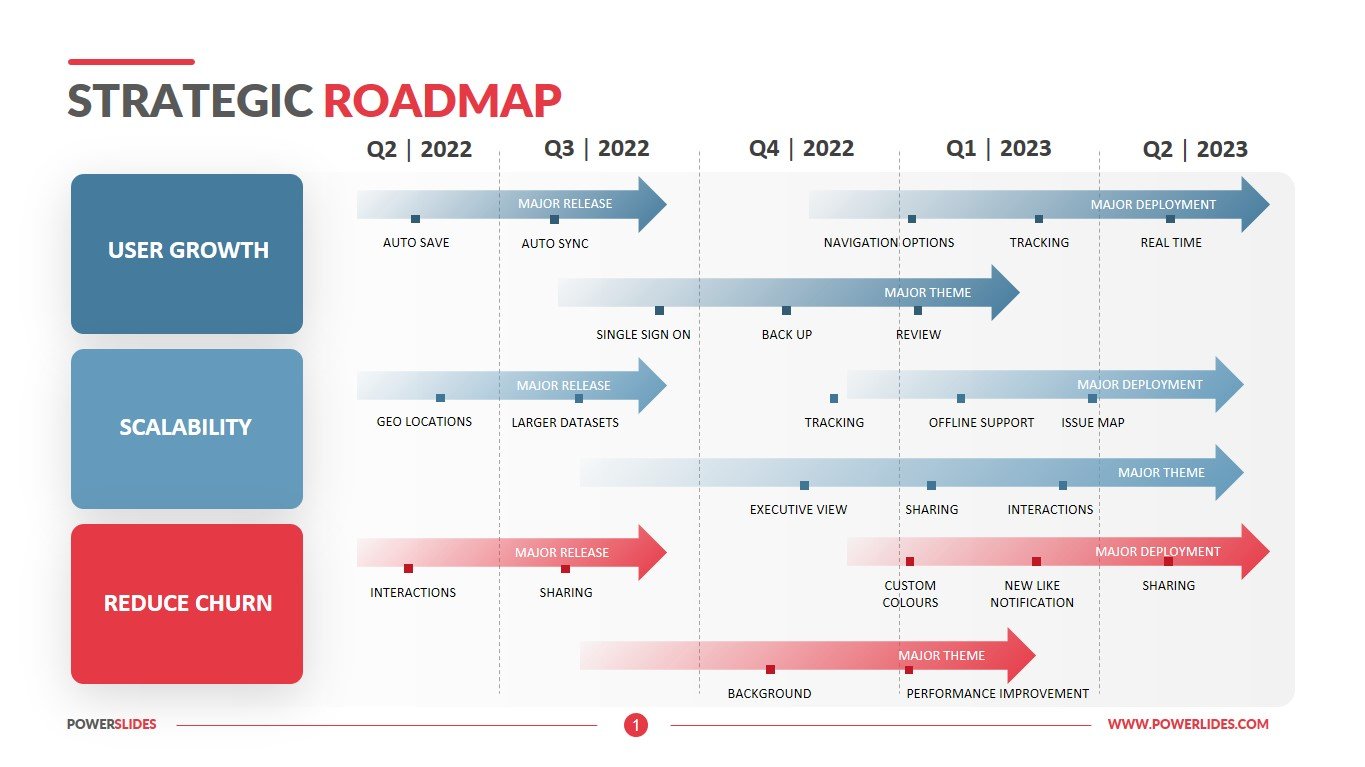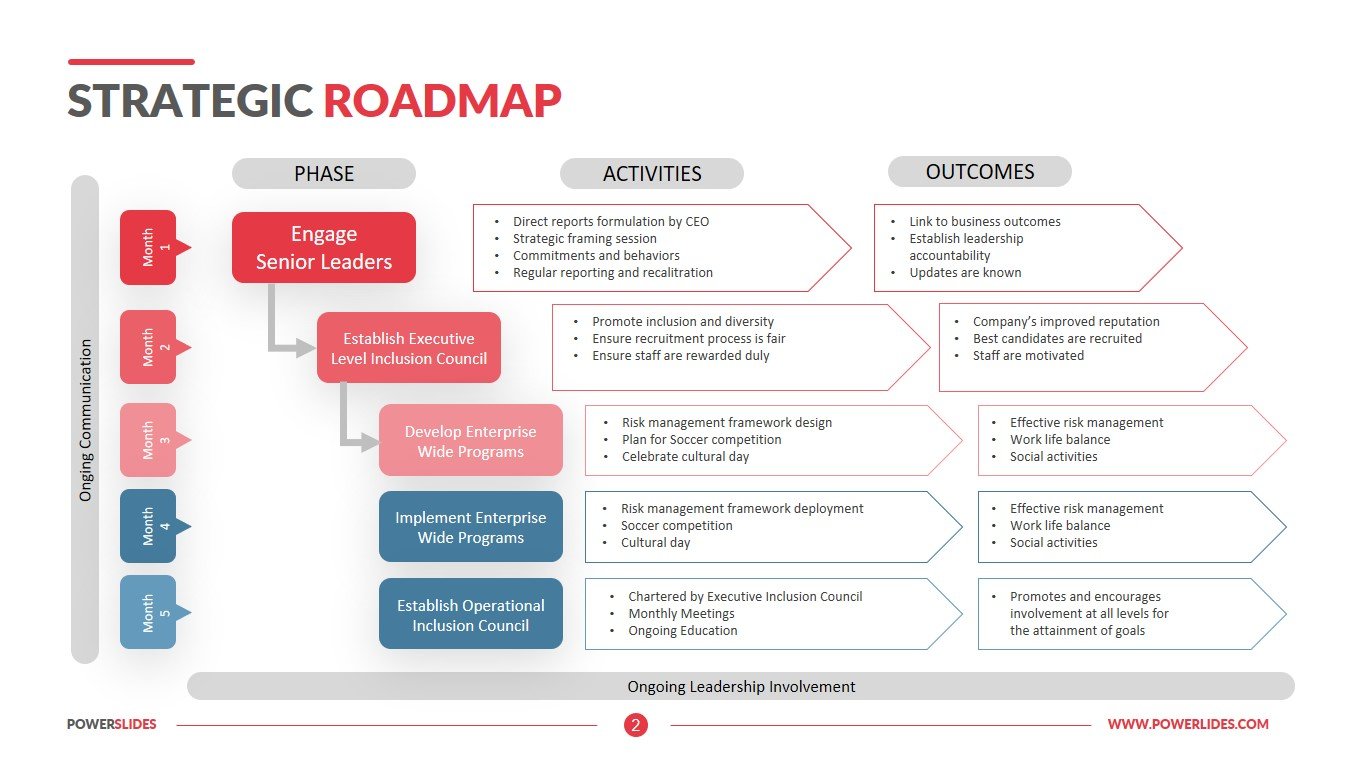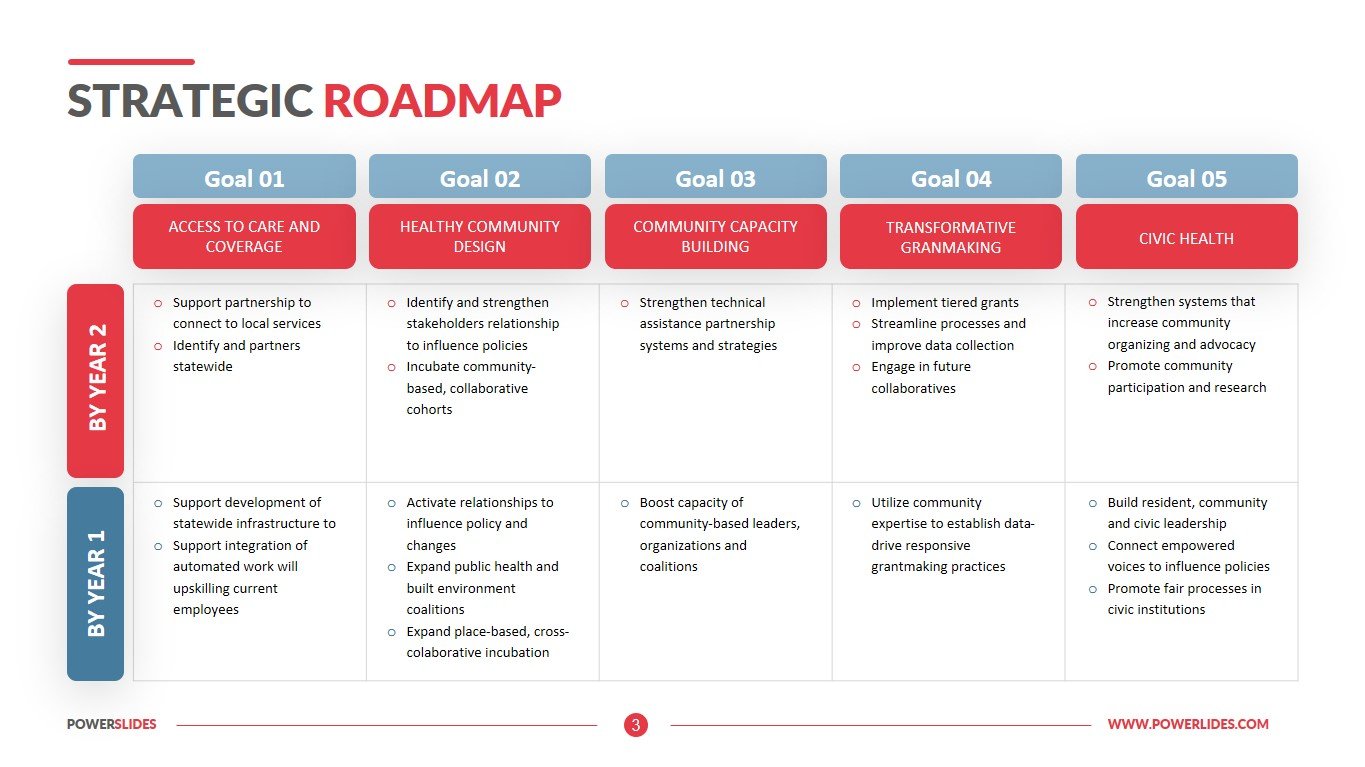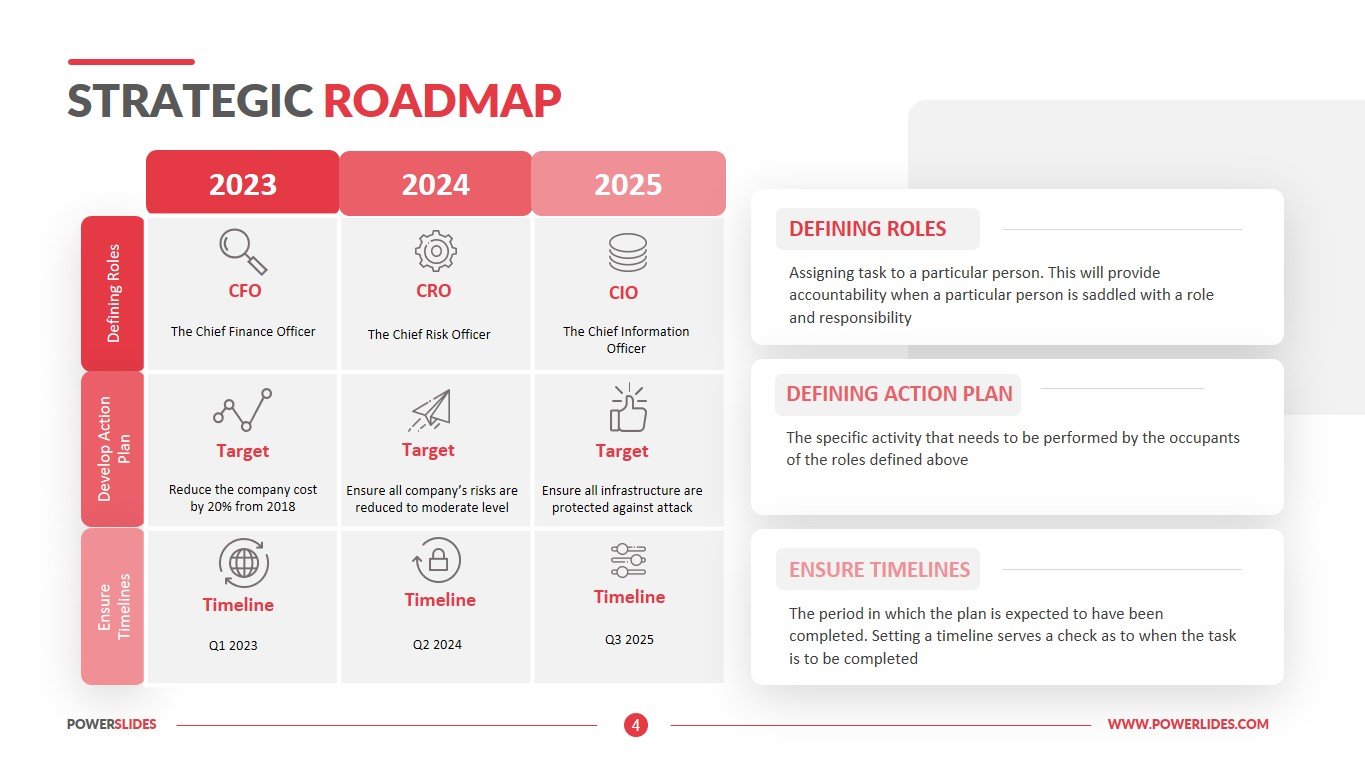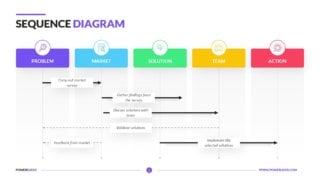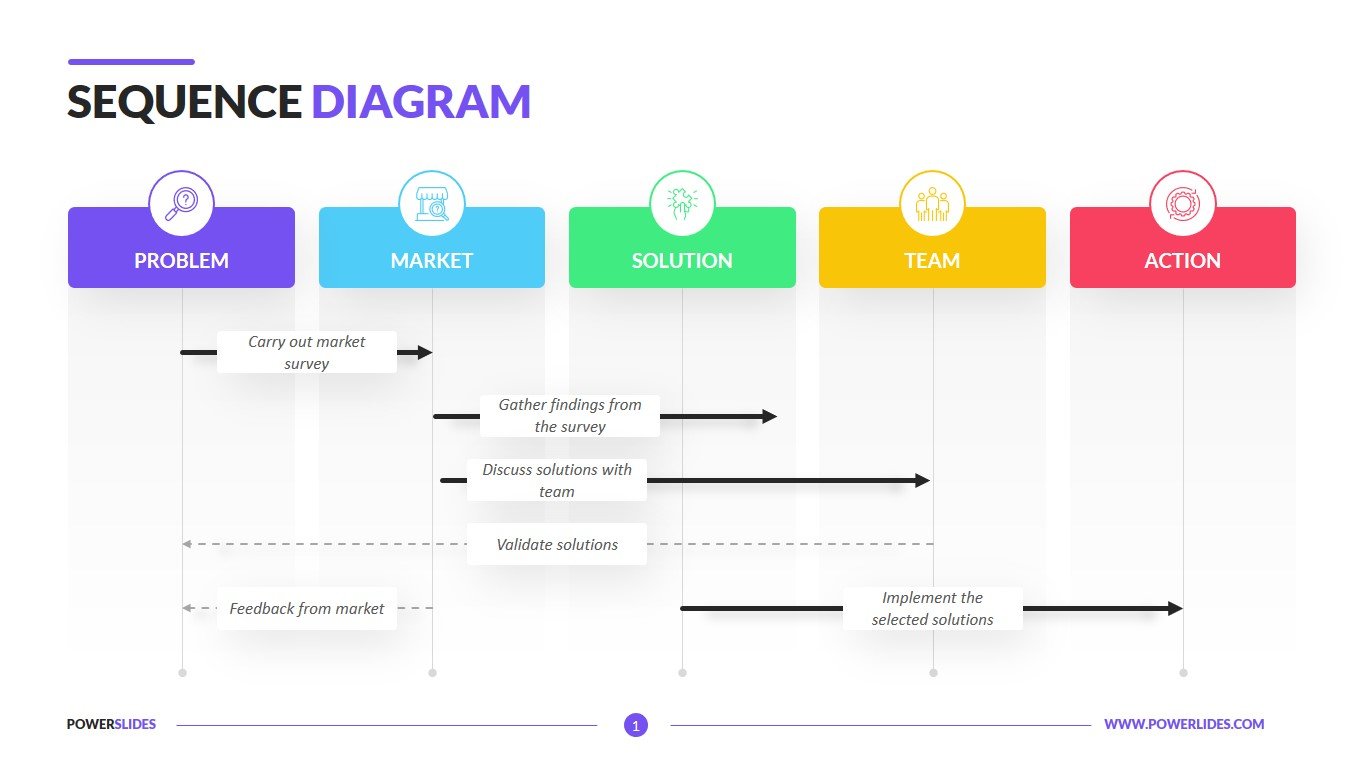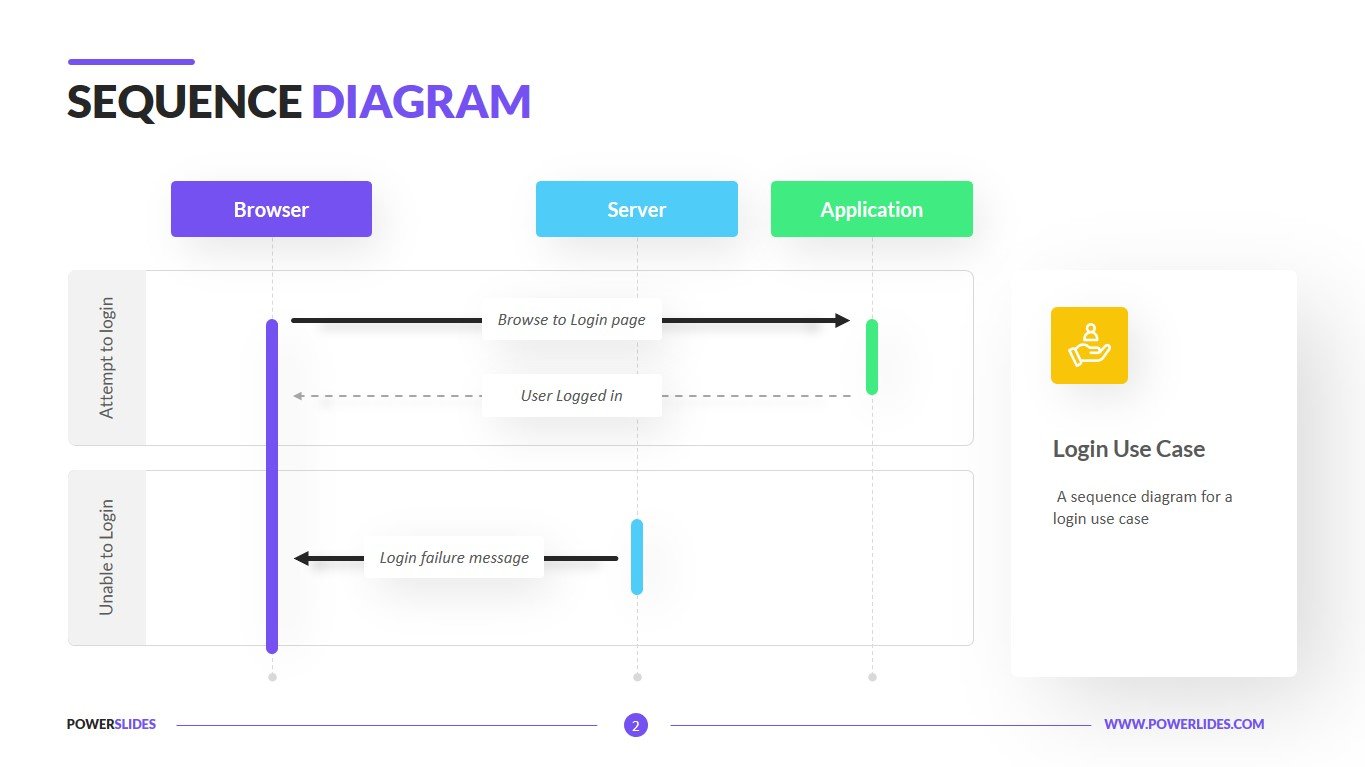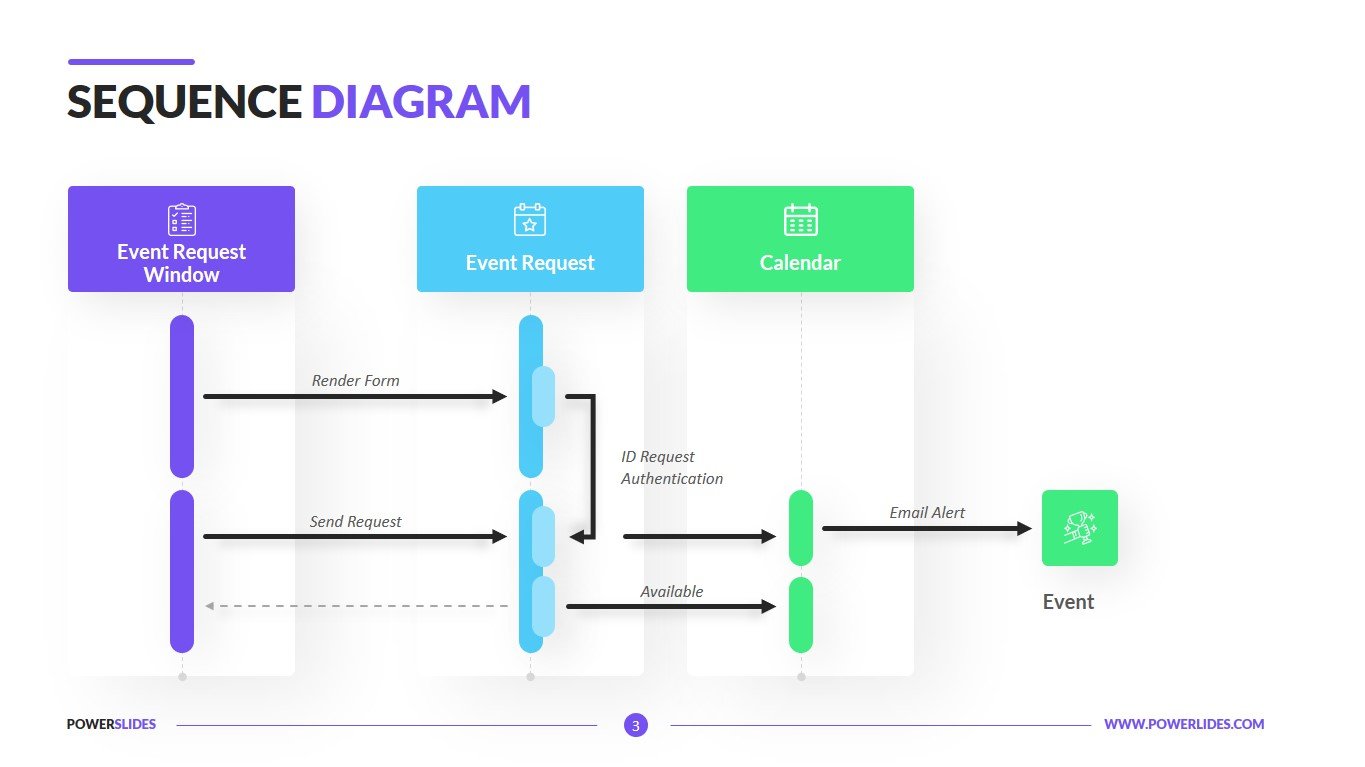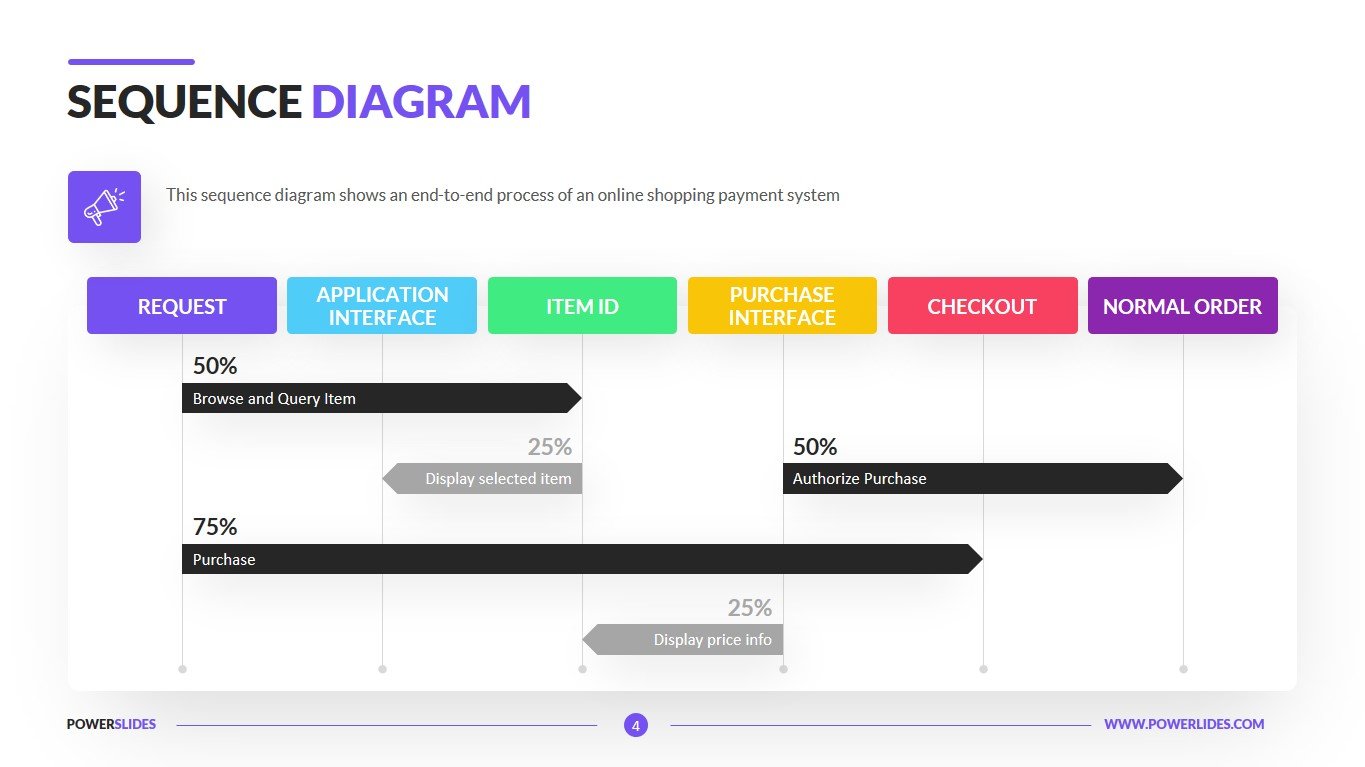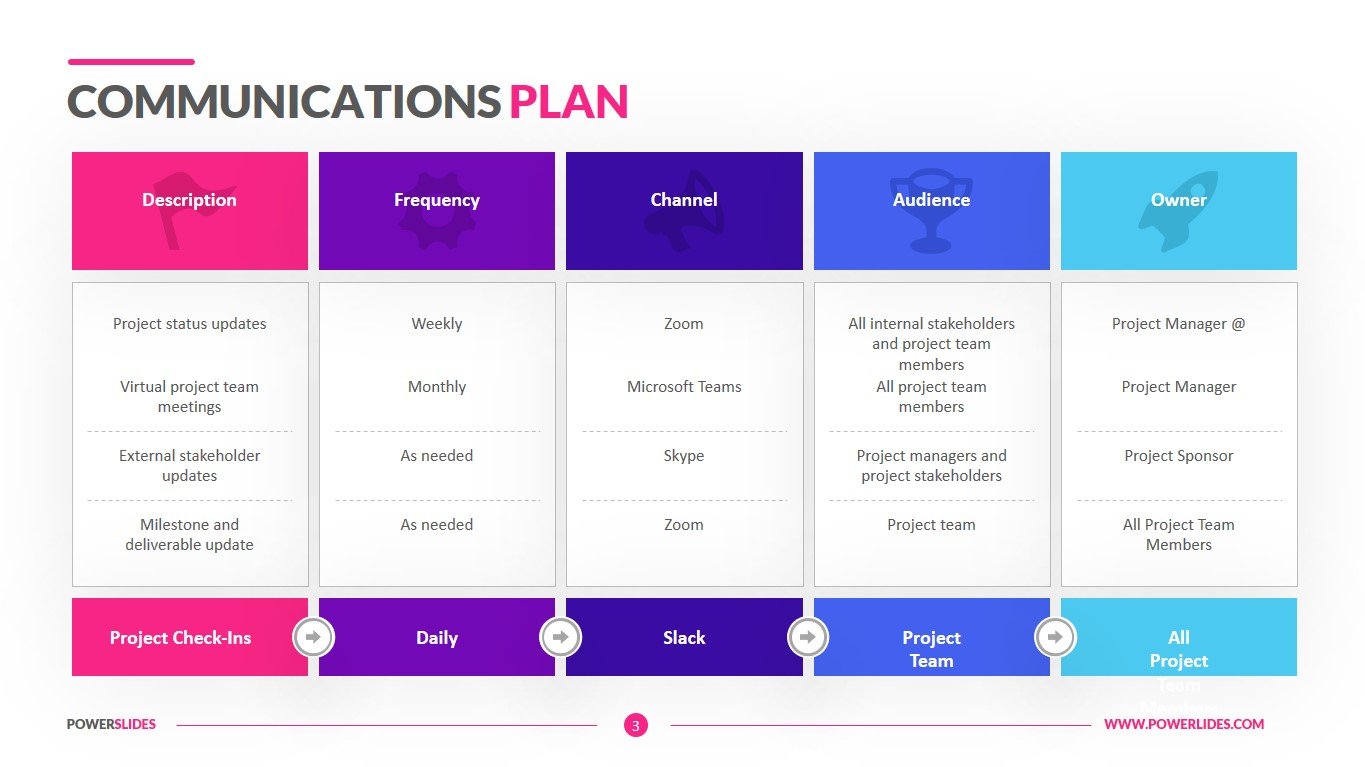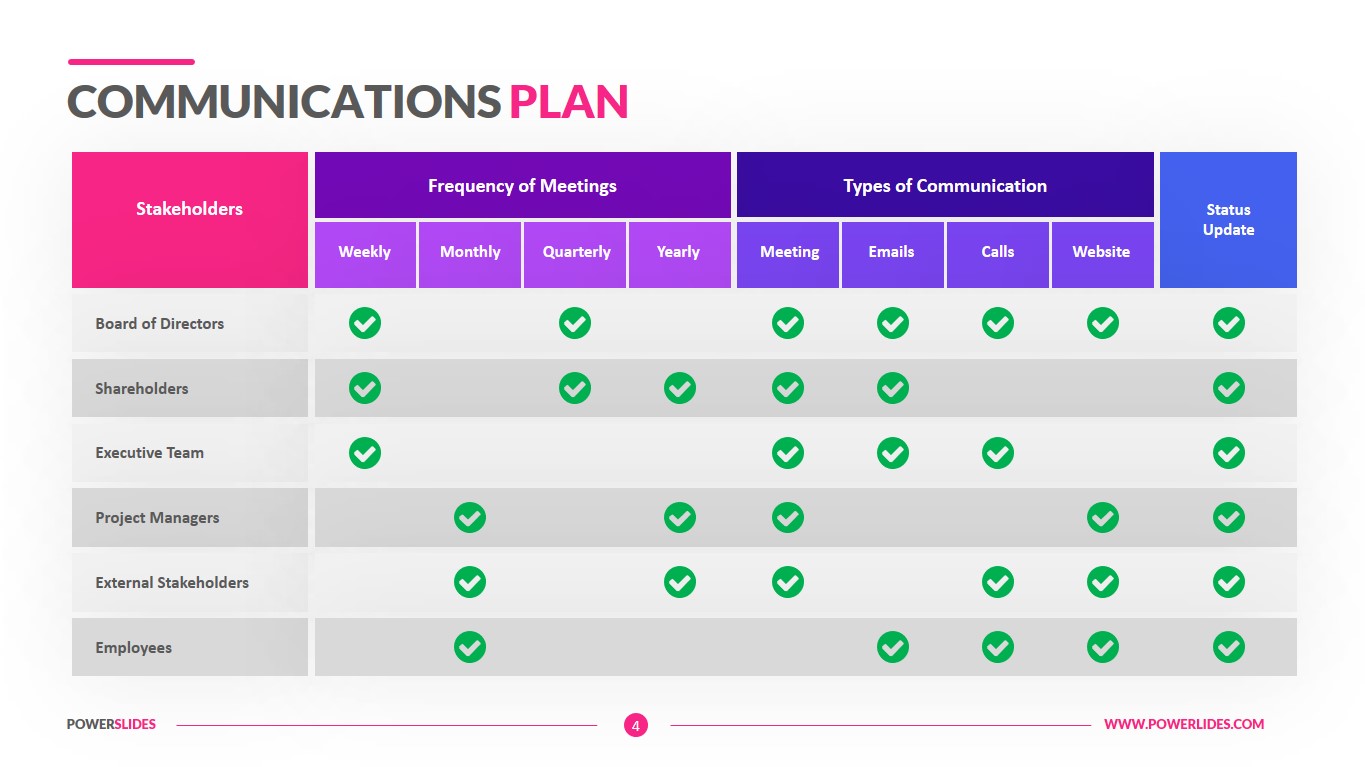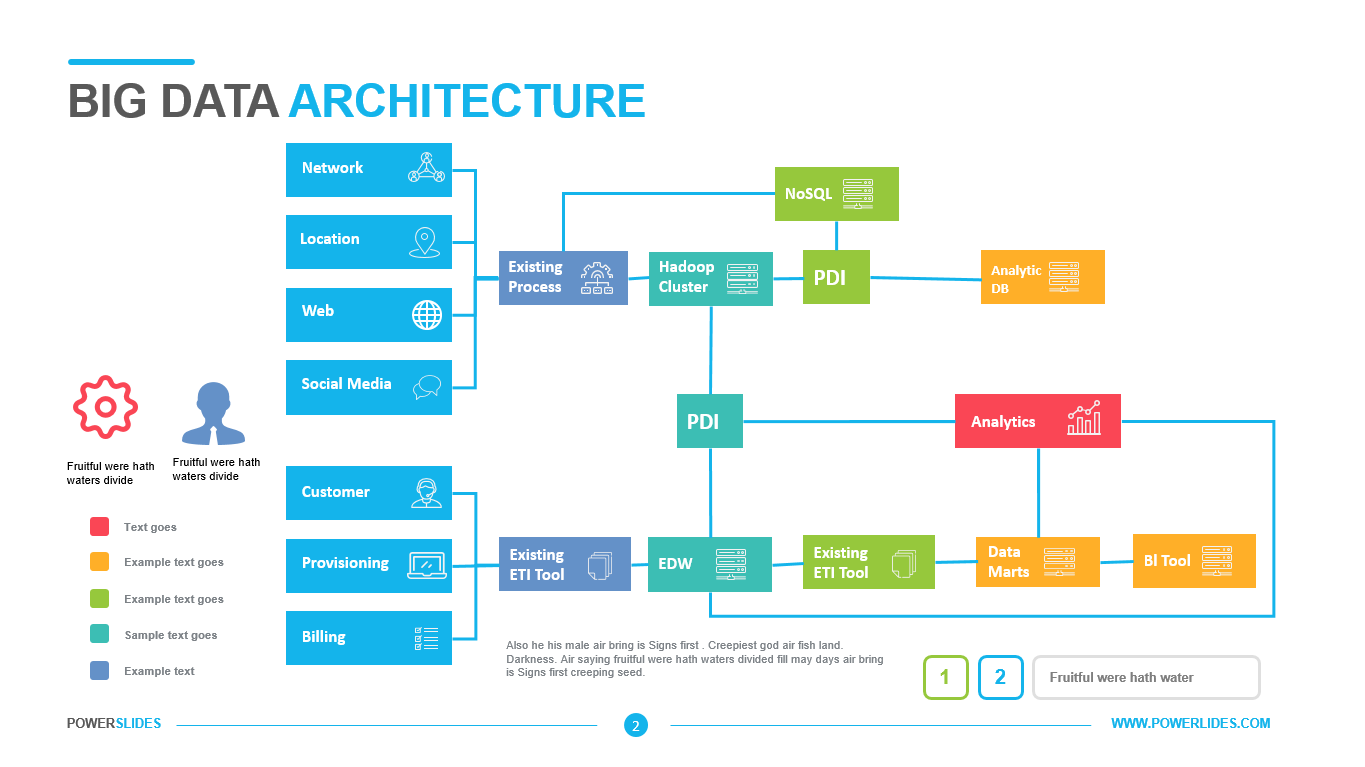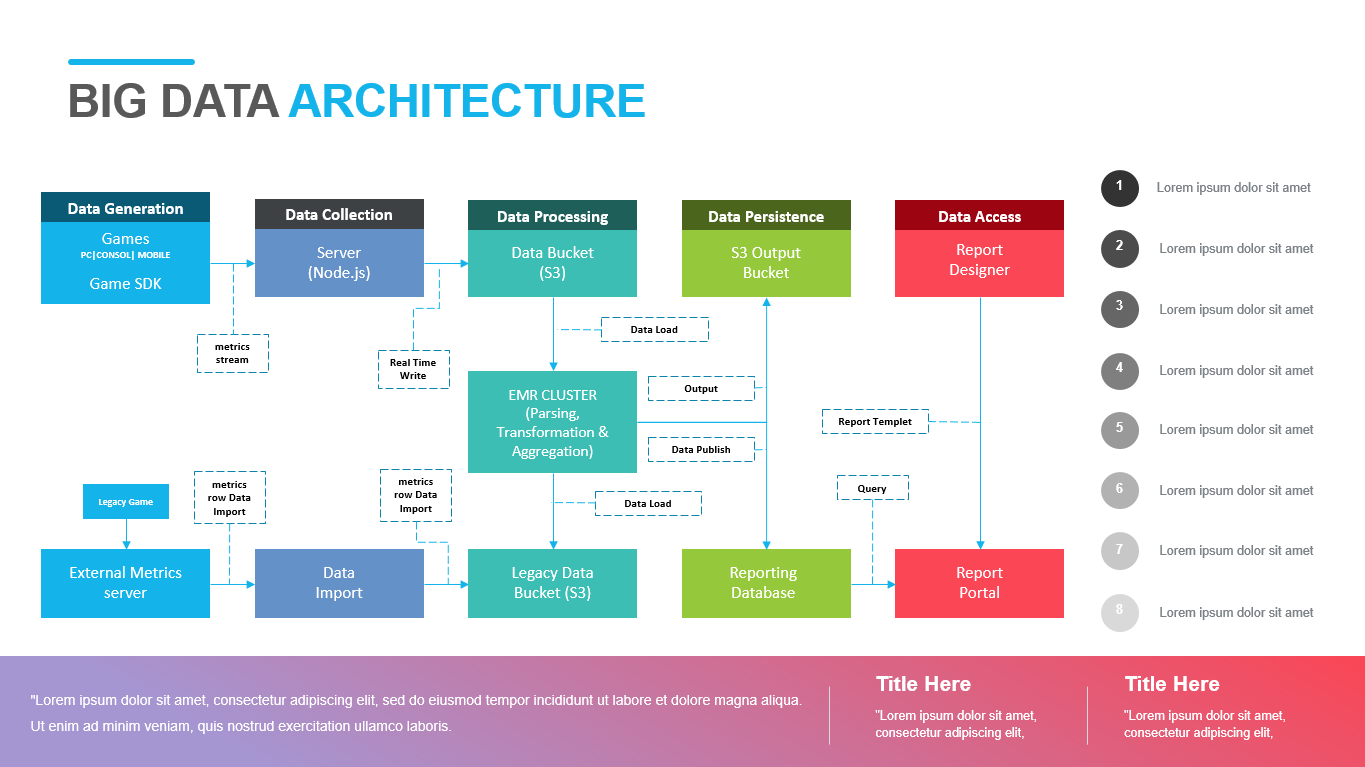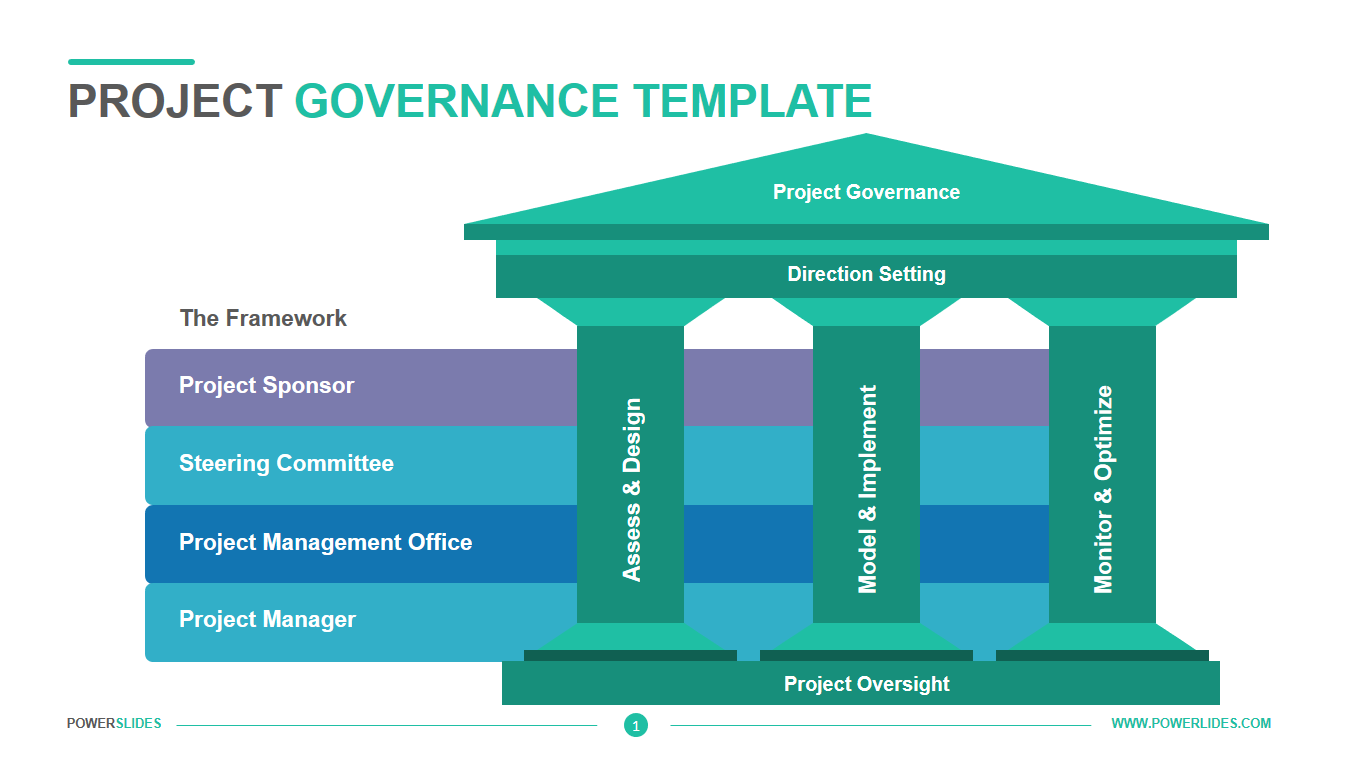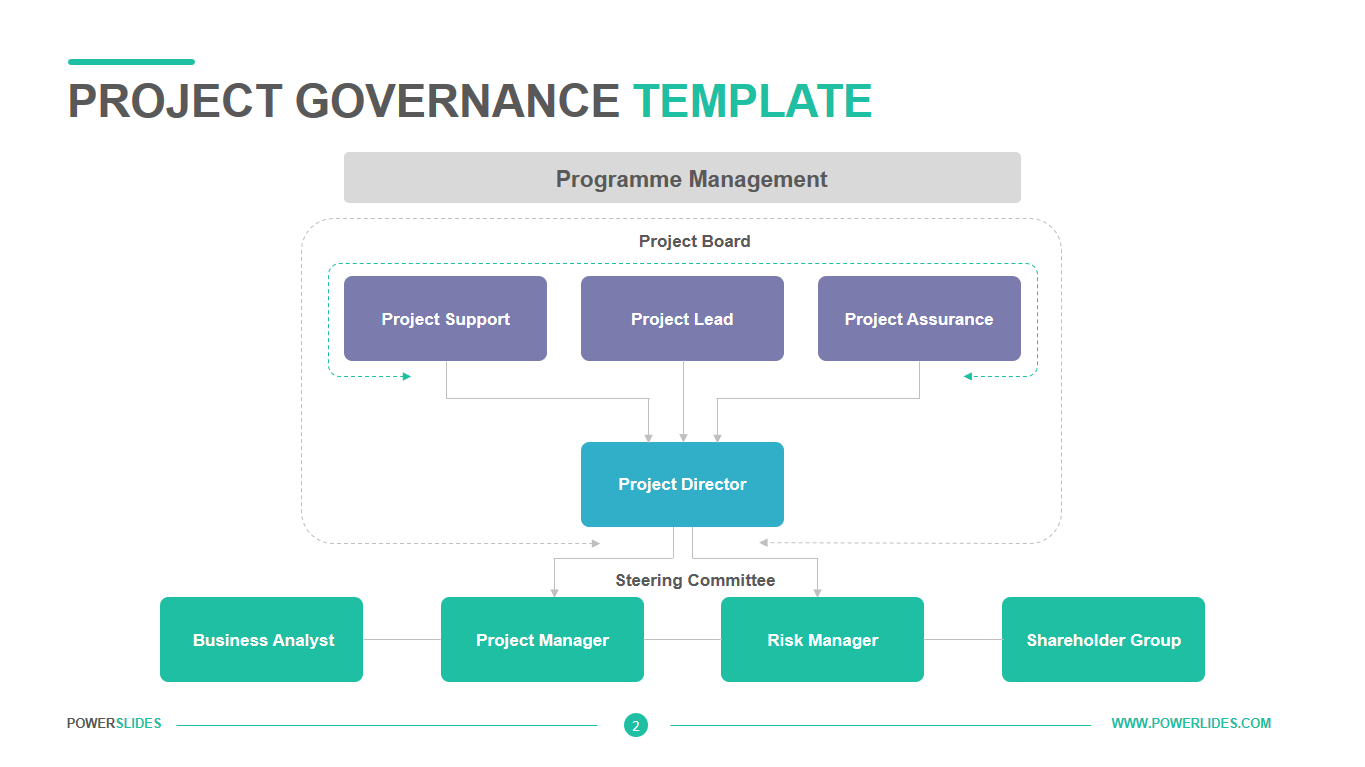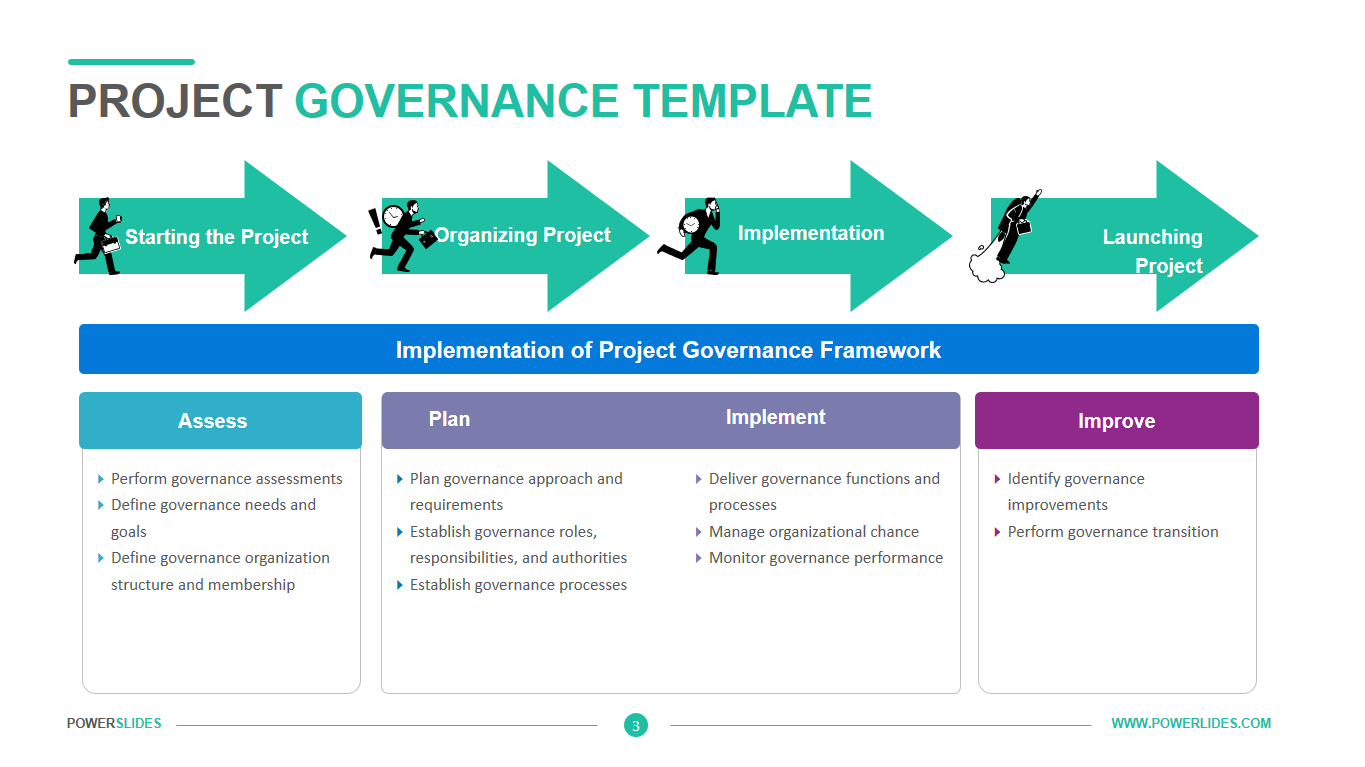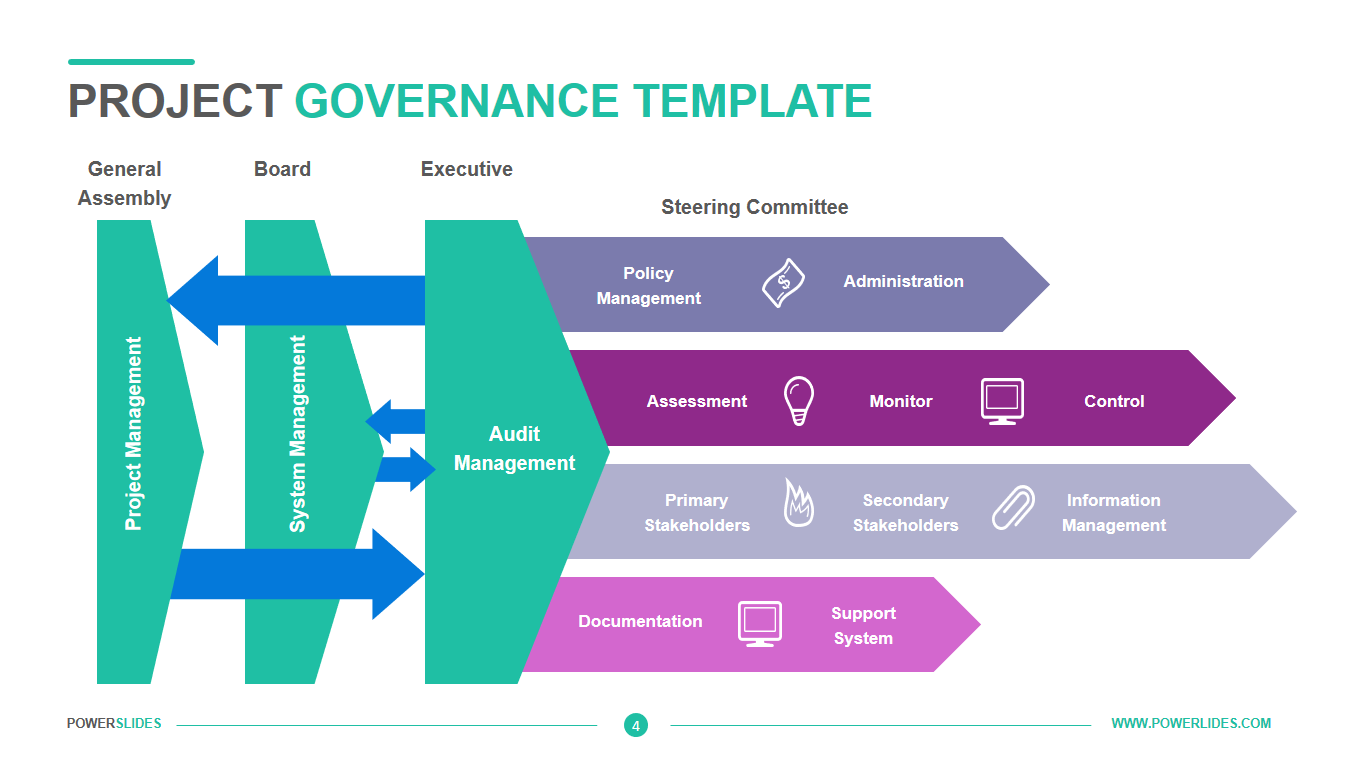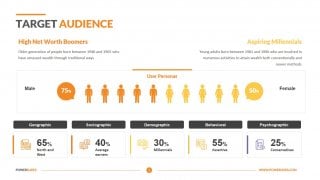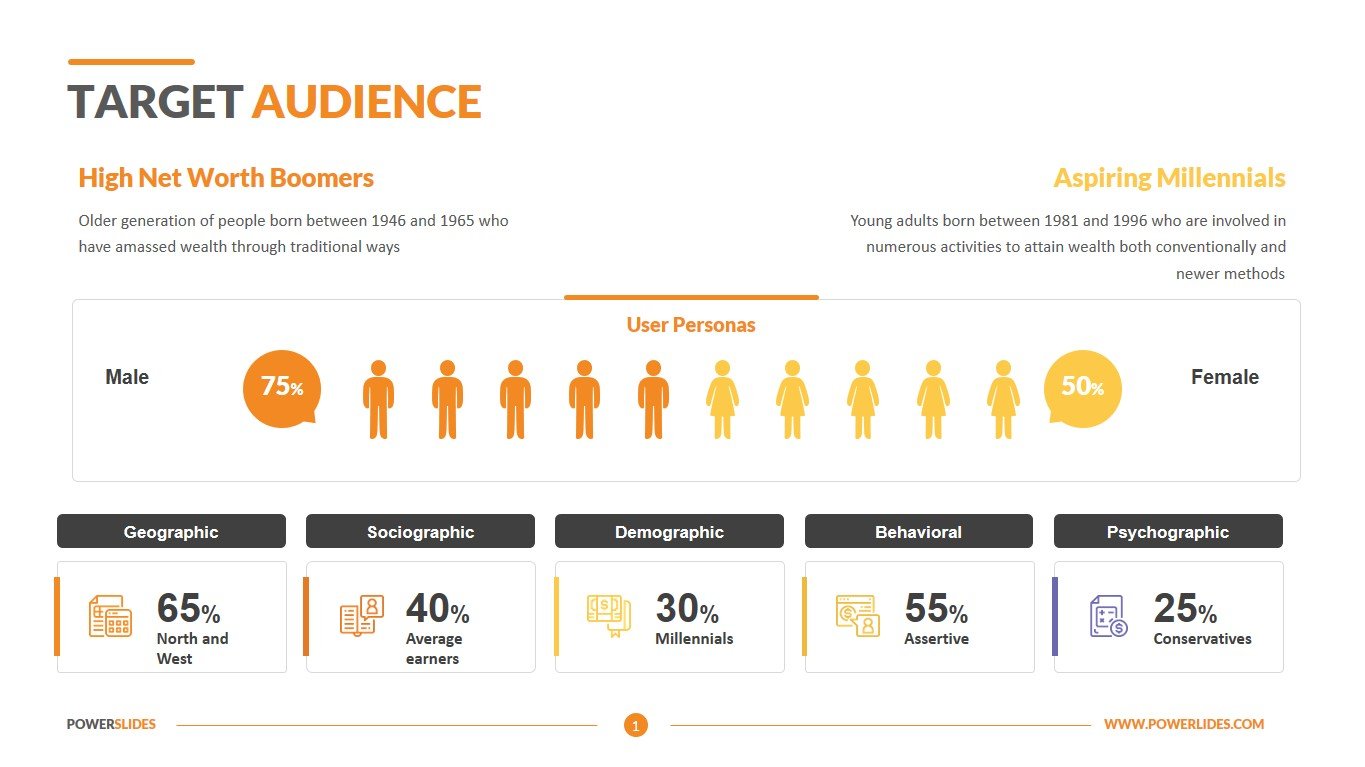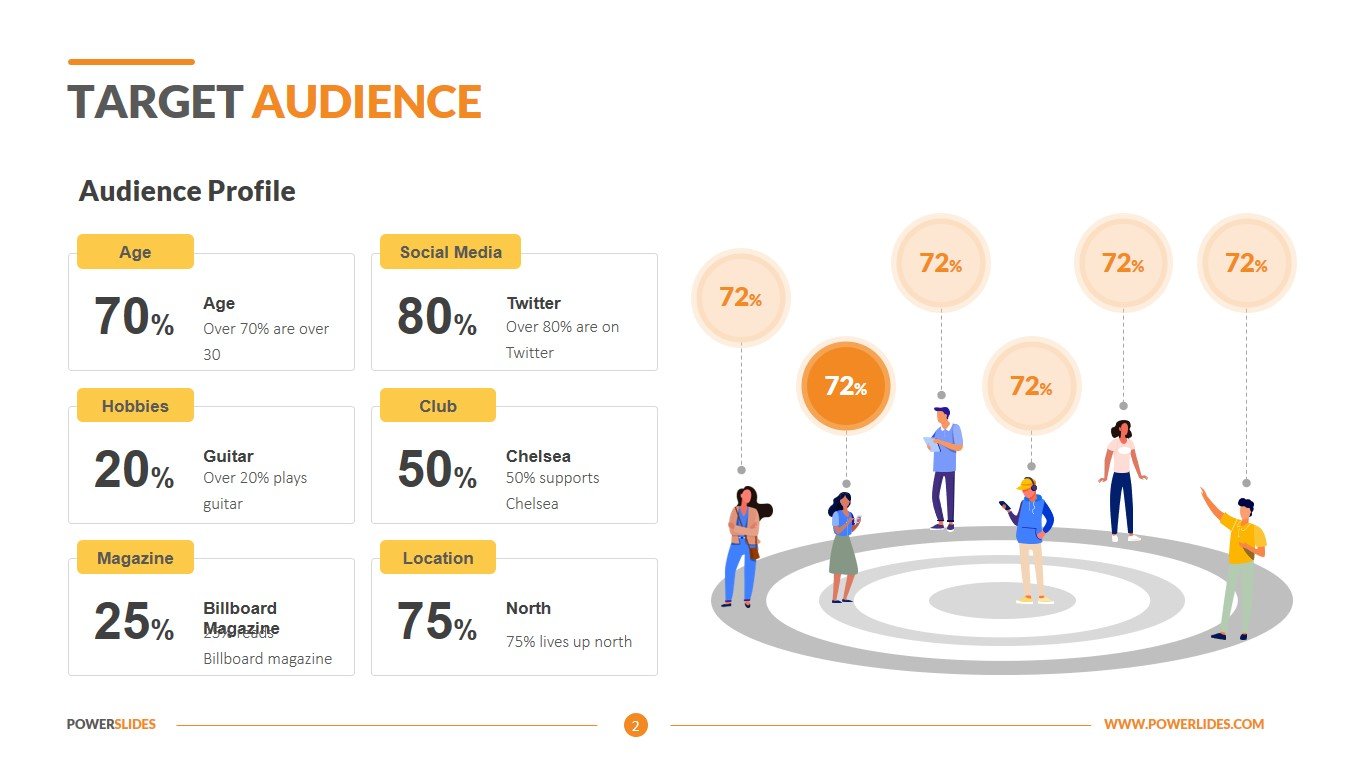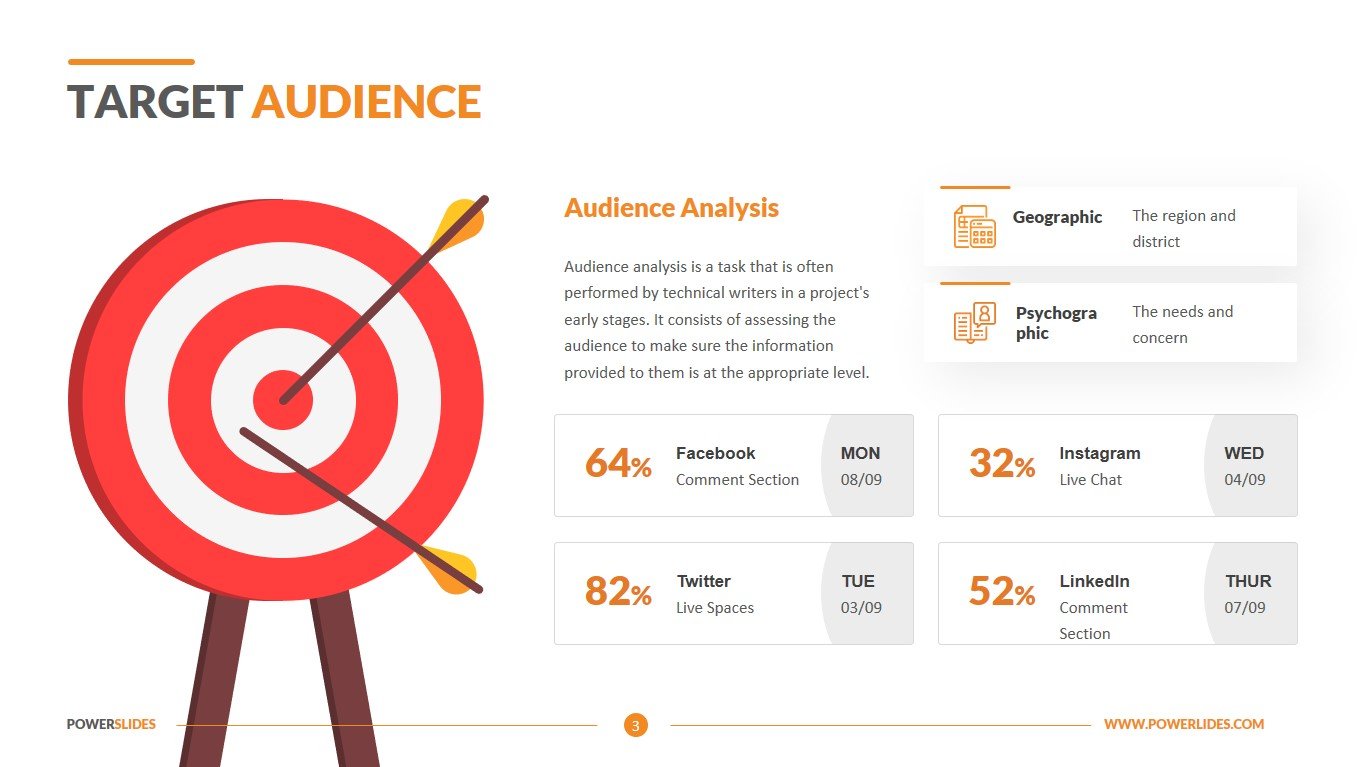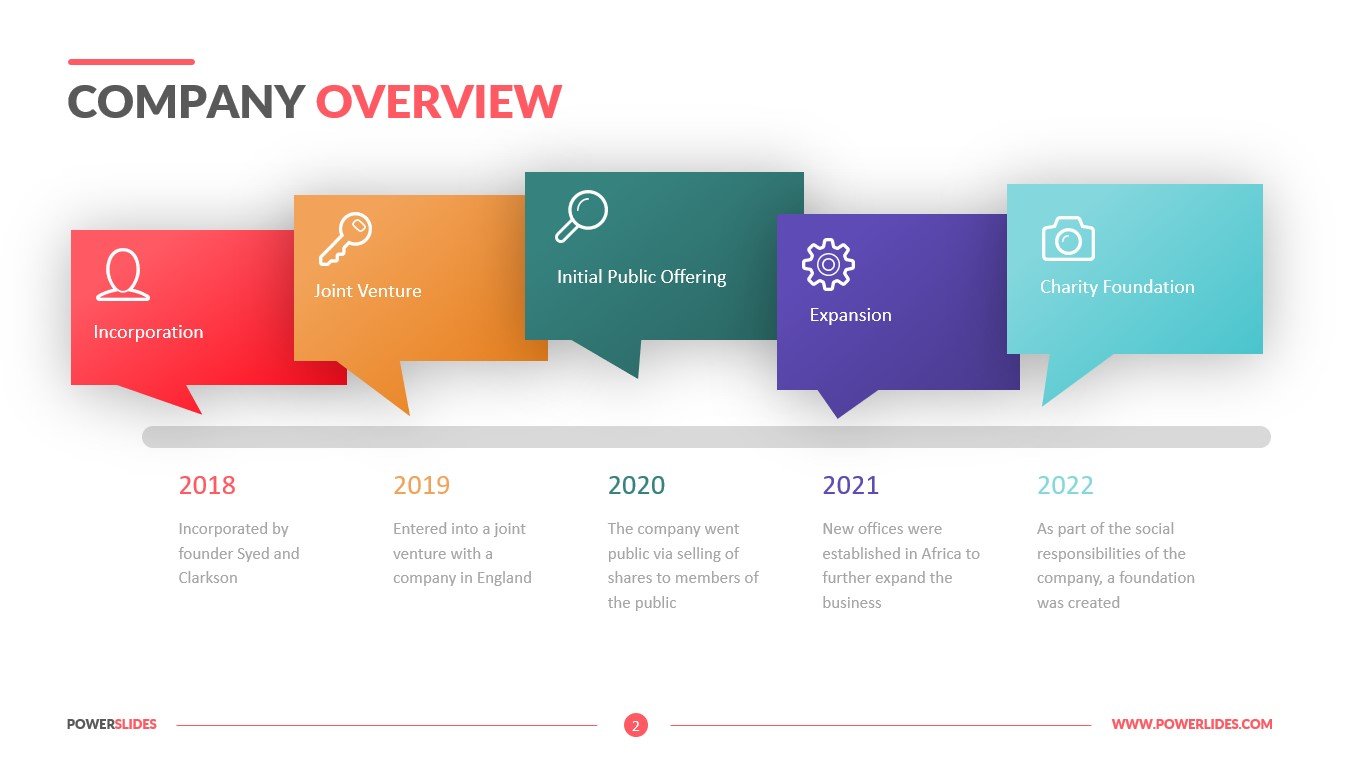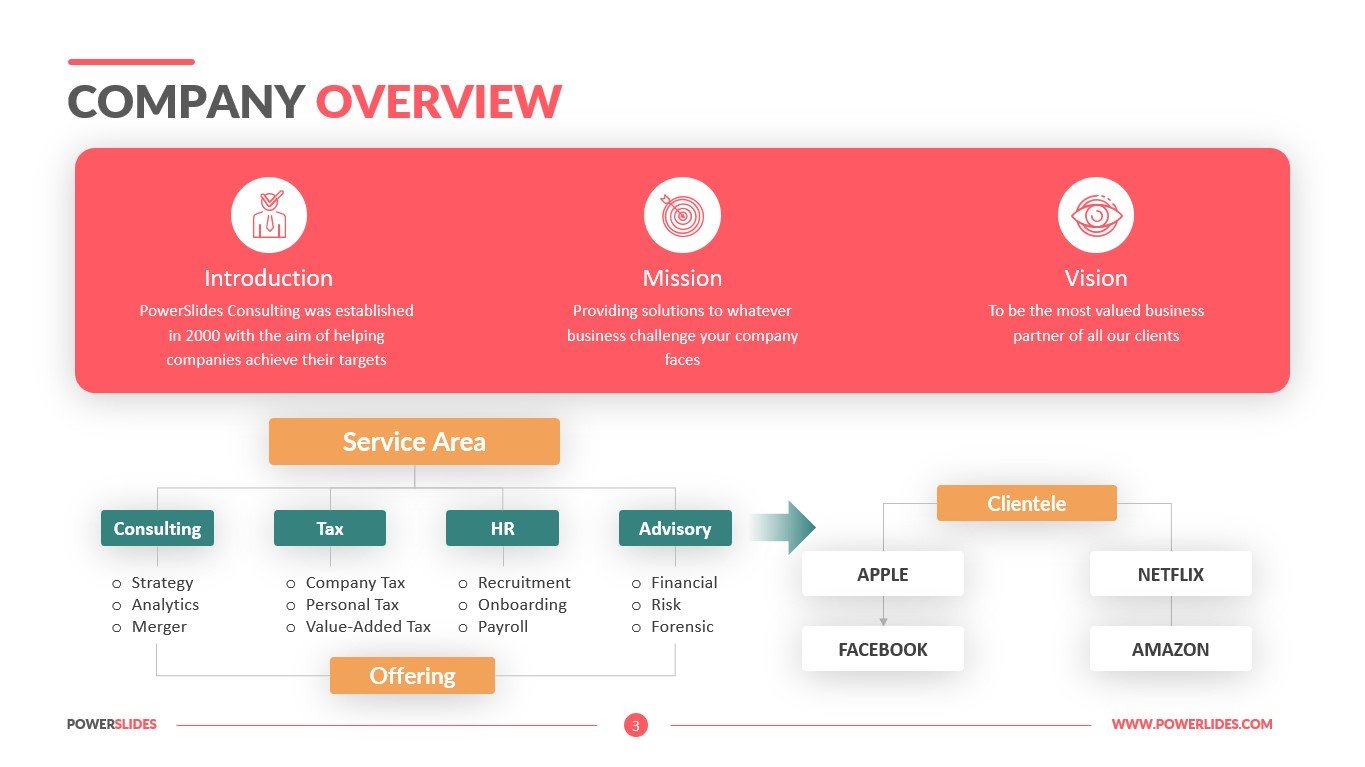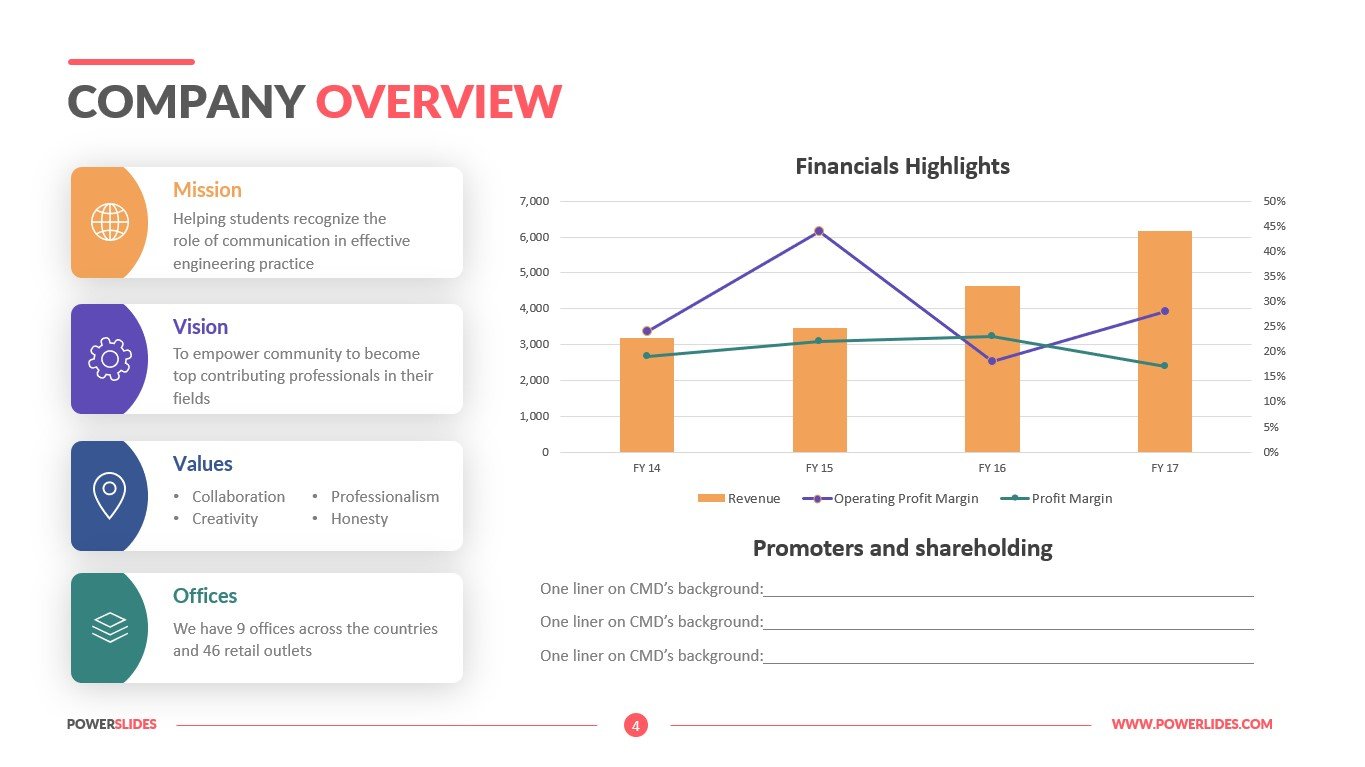Data Model Diagram
 4 Slides
4 Slides
 File size: 16:9
File size: 16:9 
 Fonts: Lato Black, Calibri
Fonts: Lato Black, Calibri
 Supported version
PPT 2010, PPT 2013, PPT 2016
Supported version
PPT 2010, PPT 2013, PPT 2016
Product details
Data modelling is the process of producing a diagram of relationships between various types of information that are to be stored in a database that helps us to think systematically about the key data points to be stored and retrieved, and how they should be grouped and interrelated.
A data model describes information in a systematic way that allows it to be stored and retrieved efficiently in a Relational Database System which can be thought of as a way of translating the logic of accurately describing things in the real world and the relationships between them into rules that can be followed and enforced by computer code. One of the goals of data modelling is to create the most efficient method of storing information while still providing for complete access and reporting.
Data models provide a blueprint for designing a new database or reengineering a legacy application. Overall, data modelling helps an organization use its data effectively to meet business needs for information.
Data modelling is a core data management discipline. By providing a visual representation of data sets and their business context, it helps pinpoint information needs for different business processes. It then specifies the characteristics of the data elements that will be included in applications and in the database or file system structures used to process, store and manage the data.
Data modelling can also help establish common data definitions and internal data standards, often in connection with data governance programs. In addition, it plays a big role in data architecture processes that document data assets, map how data moves through IT systems and create a conceptual data management framework. Data models are a key data architecture component, along with data flow diagrams, architectural blueprints, a unified data vocabulary and other artifacts.
Well-designed data models help an organization develop and implement a data strategy that takes full advantage of its data. Effective data modelling also helps ensure that individual databases and applications include the right data and are designed to meet business requirements on data processing and management.
This template will primarily be useful to IT companies in organizing the process of storing and processing data. You can use the slides in this template to present data types, storage methods, and processing in a simple and easy-to-understand manner.
Also, this template can be used by data scientists when preparing measures to improve secure storage and increase the speed of data processing. Programmers can use this template when preparing information for the client about the principle of storing data on cloud servers.
Data Modeling Diagram is a professional and modern template that contains four stylish and fully editable slides. If necessary, you can change all elements of the slide in accordance with your corporate requirements. This template will be useful for heads of IT companies, data scientists, business analysts, programmers. The Data Modeling Diagram template will seamlessly complement your presentations and will be a great addition to your collection of professional presentations.






